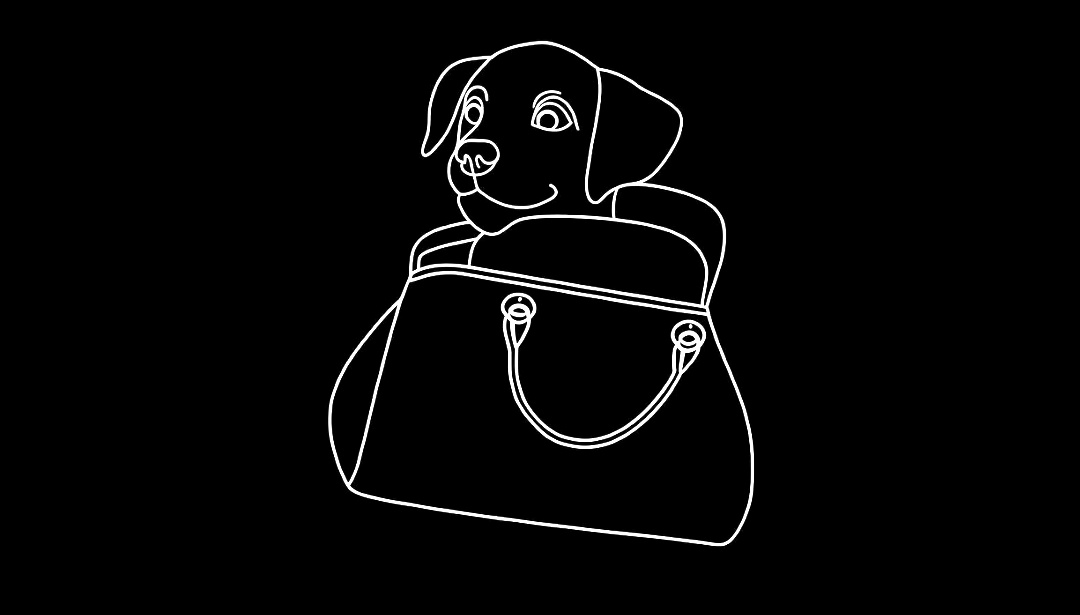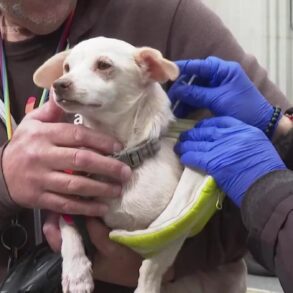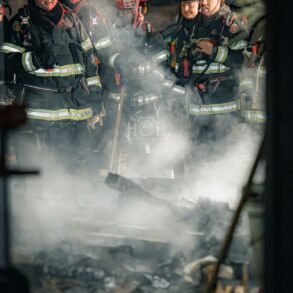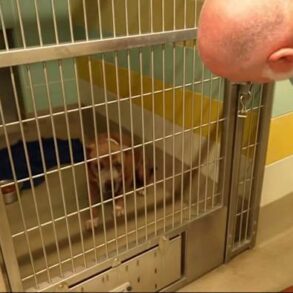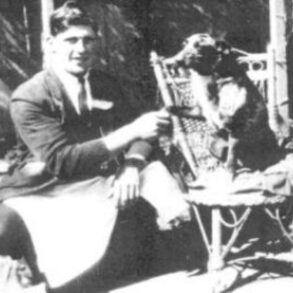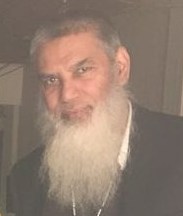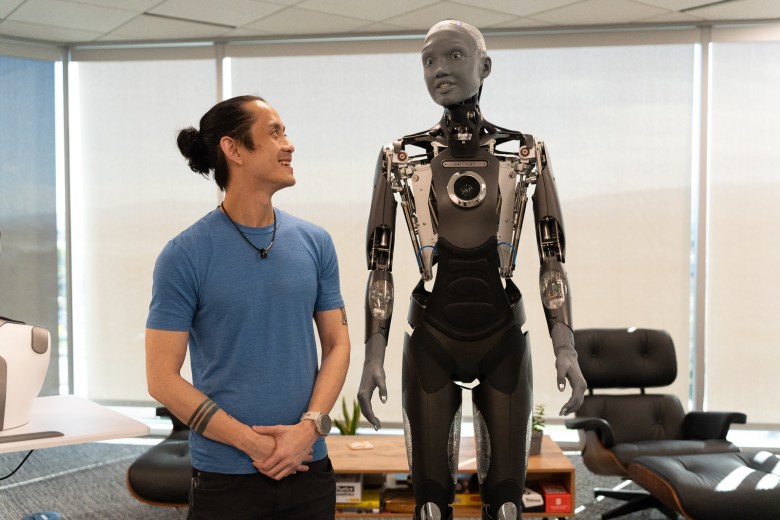
In the 1999 film “Bicentennial Man” (based on a novelette by Isaac Asimov), Robin Williams plays an advanced humanoid robot called Andrew. The part of the story set at the fictional robotics company that produced him was filmed in Redwood Shores. While it would be wildly inaccurate to suggest that the sci-fi world of “Bicentennial Man” was becoming a reality any time soon, a cutting-edge humanoid robotics company does, in fact, have its U.S. headquarters in Redwood Shores.
That company, Engineered Arts, creates interactive robots for entertainment purposes, as well as for education, research and, potentially, expansion into the medical field.
The company was founded in Falmouth, England, by CEO Will Jackson 20 years ago and has had an office in Redwood Shores for the past year and a half or so.
“Up until three or four years ago, there was really no reason to expand beyond the U.K. We were doing very well serving an entertainment vertical with our product the Robothespian. We built custom robotics solutions for tons of companies in the U.K., actually globally,” said Leo Chen, the company’s head of U.S. operations. “But, then we launched Ameca.”

Ameca robots not only have remarkably humanoid faces but can interact with visitors using a complex system of sensors, facial-recognition software and AI (large-language models).
“Ameca created just a worldwide response that was quite unexpected. People were fascinated,” he said.
Thanks to the interest in Ameca, Engineered Arts landed a large U.S. contract and began to think about furthering its footprint stateside, with Silicon Valley as a natural locale due to its reputation for innovation.

Chen, who had previously worked in agricultural robotics, was invited to help start up the company’s U.S. office about two years ago.
“Ameca created just a worldwide response that was quite unexpected. People were fascinated.”
Leo Chen, Director of US Operations, Engineered Arts
“To me this was an incredible opportunity to join a company with a rich history, a really cool mission statement and, honestly, really amazing people. Here in the Silicon Valley, a lot of times you see people sort of get lost in this race for valuation, for money, for other stuff. Will Jackson almost seems immune to that, in a really cool way,” he said. “And he’s very mission-oriented. He’s about bringing joy to the world using these robots. We like to say often that our currency that we deal in isn’t money, our currency is moments of joy that we bring people.”
What makes an Engineered Arts robot special, Chen said, is the face.
“The human face is one of the highest bandwidth forms of communication. When I walk into a room, without saying a word, I can probably suss out people who are upset, or who are happy … That’s because of face and body language. So our robots are built with that in mind.”
Chen, who described himself as “somewhat of a robot fanboy,” has a tattoo of Star Wars’ R2-D2 on his arm. He also has a fetch-loving corgi named Bruce, who accompanies him to the dog-friendly office. Bruce often serves as a tester for the robots’ vision system.
“We hold Bruce in front of the robot and ask it to identify what it sees,” he said. “If it’s able to identify a corgi, then we know it’s working well.”
During Bruce’s first week there, “he actually walked up to one of the robots and dropped a ball at its feet and tried to engage in play,” Chen said. “His response might not be the typical dog response, considering he’s been around some really big robots since he was a puppy. But it was adorable.”
Bruce had the right idea. Engineered Arts robots are designed for lifelike social interaction.

“We’re not building these robots so they can be in a dark factory stacking boxes, building cars or anything like that. There’s definitely a lot of competitors out there that are sort of putting that as their mission statement. It’s very industrial, it’s very much serving a certain sector that right now, honestly, we’re not that interested in touching,” Chen said.
If you’ve been to the Computer History Museum in Mountain View recently, you’ve probably seen – and maybe even interacted with – one of Engineered Arts’ Ameca robots in the museum’s new chatbot exhibition. Down at the Rosicrucian Egyptian Museum in San Jose, there’s another charming Engineered Arts robot – a Mesmer robot representing the Ancient Egyptian god Thoth, who shares information with visitors. Several Engineered Arts robots are currently at the MSG Sphere in Las Vegas. The company also provides custom robotics to theme parks (including to a “major” park next year, the name of which Chen was unable to disclose yet due to an NDA).
“We hold Bruce in front of the robot and ask it to identify what it sees. If it’s able to identify a corgi, then we know it’s working well.”
Leo Chen, Director of US Operations, Engineered Arts
Engineered Arts’ Redwood Shores office is home mainly to application development and sales operations, Chen said. Along with restructuring as a U.S. company, Engineered Arts “closed its Series A funding round, raising $10 million to accelerate product refinement, manufacturing readiness, scale production, and investment in advanced business systems,” according to a press release sent out in late December 2024. The company plans to hire around 20 new employees in Redwood Shores as its expansion continues, the press release states.
In addition to the field of entertainment, such as museums, theme parks and special events, Engineered Arts is expanding into education. In Southern California, the company is partnering with a school district to try out robots as supplemental tutors of sorts.
“Let’s say you have a child not doing too well in class. So right now, maybe they get extra workbooks or homework because there’s not enough staff to really provide that tutoring,” Chen said. “Well, the hope is that once this partnership crystallizes, you’ll be able to sit down in front of one of our robots, who will coach you through the subject, whether it’s calculus or ‘Romeo and Juliet’ themes on love and loss.”
On the East Coast, the company has partnered with a community college system that may utilize robots as career guidance counselors. Engineered Arts robots are also being used in research.
“We have robots placed in universities around the world as a way of doing research on an embodied AI,” Chen said, including at U.C. Merced in the cognitive science department.
Eventually, the company hopes to branch out into health care.
“If you turn your eye toward the future, there’s some really cool applications that we can service that we’re trying to get into,” Chen said. “One of them is medical, and when I say medical, I don’t mean things like surgery. We’ll leave that to Intuitive and other surgical robots.”
Instead, Engineered Arts is interested in alleviating staffing shortages in patient-facing areas such as intake and communication.
“Ninety-four percent of our nursing homes here in the United States are understaffed right now, and that number actually gets worse when you look at the specialized care,” Chen said. “One of the things that caretakers have to constantly do, especially in advanced cases of memory loss like Alzheimer’s and dementia, is a process called (reality) orientation. It’s really sad, but you often have to remind patients who they are, where they are or even when they are.
“The problem is, us as humans, we get annoyed; we get tired of doing this over and over again. We get tired of listening to the same story 30 times in five minutes. Guess who doesn’t get annoyed? A robot!, he added.

The goal is not to supersede humans with technology but to assist them, Chen said.
“I know there’s definitely an undercurrent of concern over how AI and robotics in general is going to affect the labor force and the job market. Especially because you have some companies sort of messaging it that they can survive with just AI and fewer employees,” he said. “We’re not trying to replace humans; we’re trying to augment humans in areas where there is a deficit in the workforce already. We’re not trying to be cheaper than humans or shove them out of existing jobs.”
There are also misconceptions about robots’ abilities.
“Unfortunately there’s been a lot of dishonesty within the robotics industry as a whole. A lot of companies tend to misrepresent the capabilities of their robot and because of this, I think the general public thinks that robots can do a lot more than they actually can,” Chen said.
Engineered Arts prides itself on transparency and honesty, but misinformation can still spread, he said.
“There’s a really popular video of ours where Ameca … appears to see itself in the mirror, and react to itself in the mirror. Now the truth is, that was a pre-programmed animation series we used to test the abilities of the face, the arms, basically test the range of motion,” he said. “However, even though we’ve tried our best to be very transparent about it – in all our social media we call it out as a pre-programmed animation – because it gets reposted often by people out of our control, the messaging gets distorted and all of the sudden it turns into, ‘Ameca gains consciousness and reacts to itself in the mirror.’ We’re like, ‘Nooo! That wasn’t the point!’”
Still, Chen said that encounters with “embodied” AI in the form of humanoid robots like Ameca, offer a different, more engaging experience that goes beyond, say, using ChatGPT on your computer screen as a work tool.
“There’s something about this amazing humanoid face that we’ve built, that it just creates a sense of human connection when you’re talking to this large language model. It’s sort of the difference between watching ‘Jaws’ on a big screen and swimming in a shark cage off the Farallon Islands,” he said. “There’s a distinction there; there’s so much added to it when you incorporate all these microexpressions of emotions we’ve added to try and make this conversation suck you in.”
More information is available at engineeredarts.com.
This post was originally published on this site be sure to check out more of their content.
